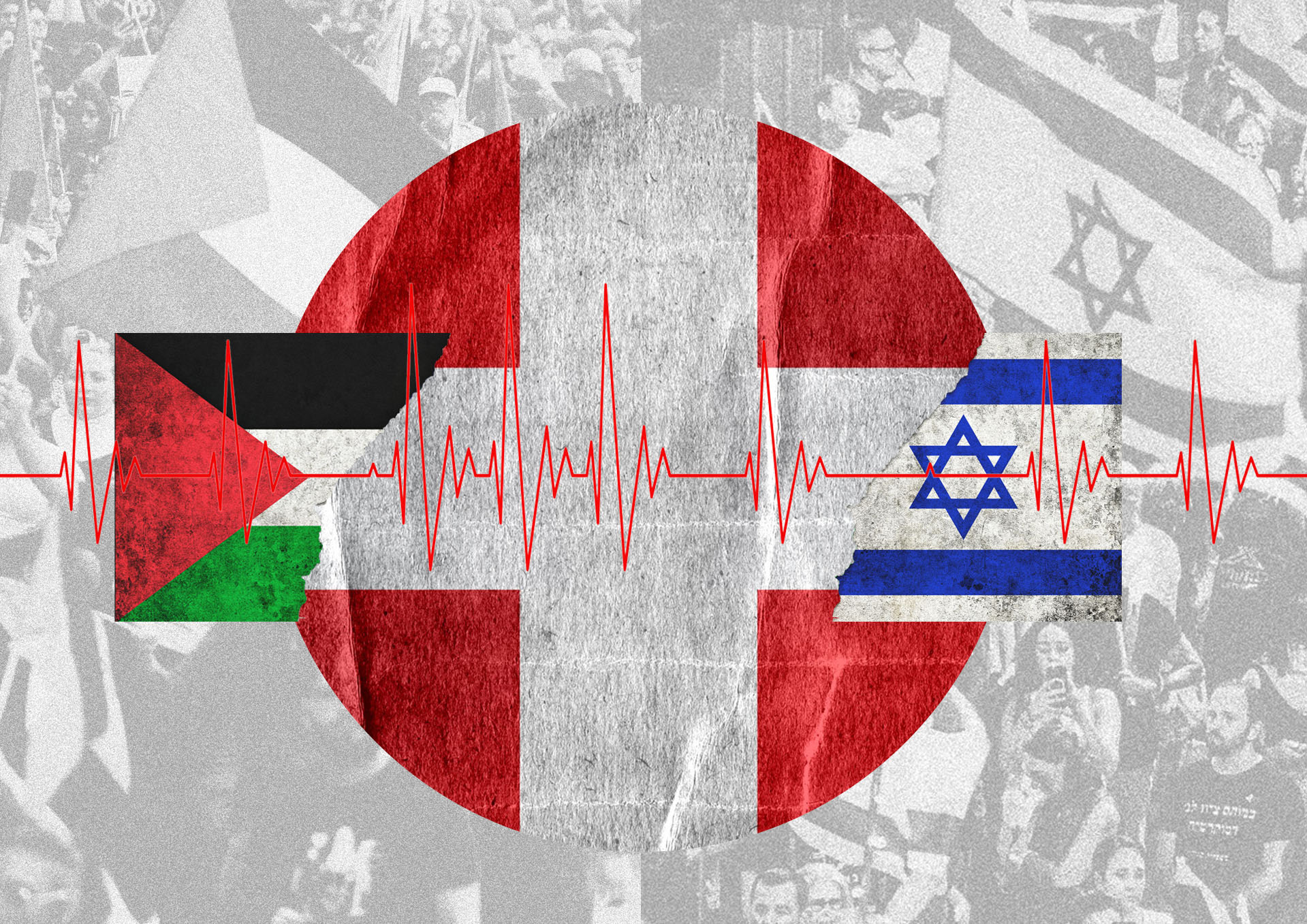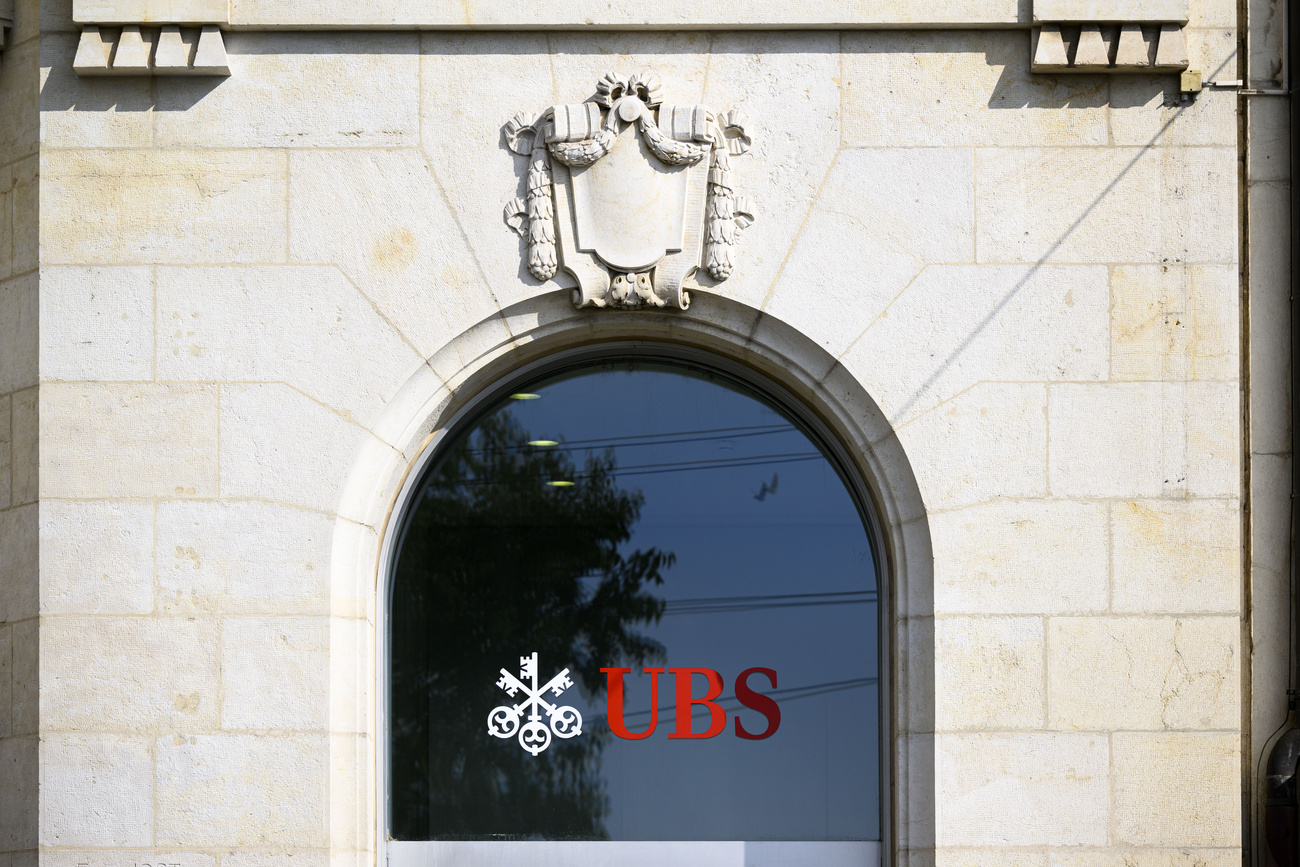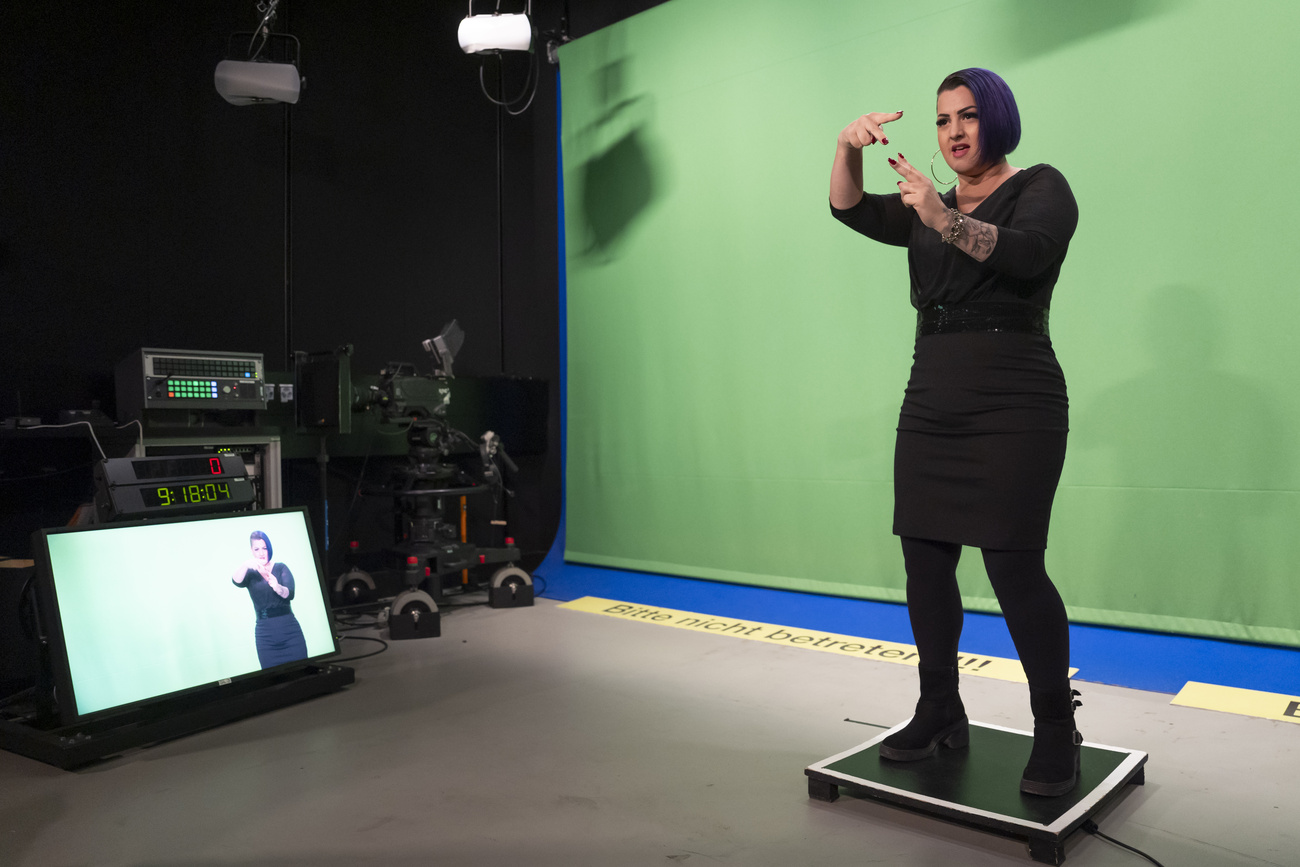
Last chapter of Sylvain George’s migration trilogy heads to Cannes

The French director’s documentary Obscure Night – Ain’t I a Child? was selected for ACID, a programme of the Cannes Film Festival featuring audacious works. Sylvain George spoke to SWI swissinfo.ch as his film premiered at the Visions du Réel documentary film festival in Nyon in early April.
Sylvain George, a documentary filmmaker and philosopher, concludes his Obscure Night trilogy with Ain’t I a Child?, a title borrowed from an iconic speech, Ain’t I a Woman?, by the African-American abolitionist and civil rights activist Sojourner TruthExternal link.
As the title implies, George’s final film, a Swiss-French-Portuguese co-production, raises questions rather than answers. What is childhood, and who has access to it? Who is protected and who is neglected?
George follows migrant children in his documentaries. The first two films – Goodbye Here, Anywhere (2023) and Wild Leaves (The Burning Ones, 2022) – are set in Melilla, a Spanish enclave in Morocco, a border between Africa and Europe. “The child has always been reduced to either someone that needs to be ‘saved’ as a victim or denied the innocence of their youth,” says George.
He adds that a child defined by race is often seen as “wild” and dangerous. “Just think of 17-year-old Nahel Merzouk, who was shot and killed by a police officer in France in 2023 for not having a driving licence. He was not seen as a minor in danger. He was treated as an immediate threat to be neutralised,” he says.
Migrant children are granted a particular form of childhood – one shaped simultaneously by control and abandonment. “The film questions what constitutes the visible”, says the filmmaker. “The order of politics continually renders migrants hyper-visible while also making them invisible. When they disappear, they become one more statistic, which disappears without a trace.”
Revolt in limbo
His first two works follow the children through their daily lives in Melilla – hiding their belongings under sewer grates, playing and fighting with one another, swimming, climbing the fortified walls and barbed wire of the city, and taunting security guards at night.
They forge a life for themselves in this limbo between the homes they have left and Europe, a place they seek to enter. The children revolt against capitalist and colonialist expectations, against the expected daily routines of work and leisure, and against frameworks of legality and order.
In Ain’t I a Child?, Mallik, Mehdi and Hassan, the central figures of the previous films, arrive in Paris. “It wasn’t my intention to make a film in Europe”, George says, “but I was in touch with a lot of the people who I filmed in Melilla and one day, Mallik called me saying he was in Paris. Then, a lot of people from Melilla arrived in the city.”
George began shooting in 2021 and filmed over two years, discovering hidden spaces in his hometown alongside the children. “The film is about a myth of arrival, where Paris becomes another threshold, not a space of arrival but a continuation of a violence that continues to displace, to attempt to erase and hide the existence of these lives,” he says.
Orbiting the area around the Eiffel Tower, the kids carve out a new view of the city – an alienating, purgatorial landscape where abandoned buildings, sewer grates, boats on the Seine and night-time parks become spaces of refuge. Eiffel Tower souvenirs scattered on the streets act as false icons, reflecting the city’s own mirage.

Migration is a slow path
George’s filmmaking ethos is informed by his background as a philosopher and former social worker and draws on the writings of Walter Benjamin and Jacques Rancière. Spanning around ten hours in total, the trilogy adopts the rhythms of observational slow cinema.
It rejects linear narratives of dramatic struggle in favour of repetitive, routine-like sequences: the children’s lives unfolding through a succession of nights without end. George’s rhythm contrasts starkly with mainstream portrayals of immigration, typically framed through sensational headlines or dramatic arcs that are characterised by immediacy.
“Slowness invites one to watch in a different way, to grasp the suspended temporality of exile, of wandering and where displacement suspends the future in waiting,” he says. “Migration is not a linear trajectory. It circles, pauses, and transforms the border into a shifting space.”
His work is a contrast to recent immigration dramas like Souleymane’s Story that portray crises at a frenetic pace, seeking to garner sympathy through dramatic storytelling. “Such films employ the frameworks of the enemy. They are not political, but confessional. They demand transparency and testimony without considering the real structural violence of European legislation,” George says.

Revealing the precarious calculations of survival
George’s interest in filming children again breaks binaries: “When I make an image with a child, I don’t want to make an image of the child. It’s not a view from the top. Through working with them, I learn about their response to the consequences of European policy.”
He films them during tense arguments that escalate, smoking weed, or scouring through rubbish for lighters and food. They discuss committing petty crimes like phone theft and pickpocketing, and the risks of the legal system to their future citizenship in Europe. George’s goal is not to glamorise, but to reveal, the precarious calculations of survival.
Without didacticism, the film deconstructs the association of childhood and victimhood and instead reveals how acts of daily survival are gestures of resistance.
“In the news, migrants are described through the metaphor of natural catastrophe,” says George “The French prime minister even spoke about a ‘cataclysm’ and ‘waves’ of immigration. In my film, I am questioning this nautical metaphor. These young people are not figures of rupture – they are currents refusing to follow the mainstream. They find porous borders, and their crossings reveal that Western power was fractured all along. When you see them taunt the police, running circles around them, it shows the absurdity of the system.”
Most of the children are from the suburbs of Marrakesh and Fez. “Many lived in deep poverty as a result of Morocco’s monarchy and dictatorship,” the filmmaker explains “When they flee, they are aware of the risks. Crossing Europe’s borders is already a political decision. When they make a fire in the streets just to stay warm or cook, it’s a revolutionary act.”
>> Trailer of Wild Leaves (The Burning Ones, 2022), the first chapter of Obscure Night trilogy:
Joan of Arc
Throughout Ain’t I a Child?, luminous black-and-white close-ups frame the youth as sacred figures of the night. George compares them to Joan of Arc: “Joan is used as a symbol by the alt-right, but she’s also the incarnation of youth. She refuses the reality imposed on her and creates her own. She is impatient, burning with the same fire I see in the youth of this film – the desire to destroy the world and build another.”
Play becomes a way to transform hostility into imaginative modes of survival. In the final section, Fantasia, Mallik and his friend perform around a fire, donning superhero masks and foil capes. “It’s both nonfiction and fabulation. Only a child can make an iPhone into a spaceship. The masks are a refusal to be seen, a game but also a shield,” George explains.
There are also moments of deep intimacy, as Mallik talks to his friend about their stark realities, memories of their crossing, and detention in Europe. In other moments, we see children burn and light a flame with hand sanitiser on their palms. “Such acts become a way to express how they are burned inside, both in terms of pain and desire,” says George.
For him, each image must remain dynamic, opposing, and dialectical. “The dark, the obscurity is always shadowed by the darkness of control, the bio-political obscurity, but also the obscurity of the insurrection,” he says. “It’s very important to present things in a dynamic way, to escape the bounds of fixed definitions, of victimisation. I want to create films which are about interrogation – a kind of permanent revolution.”
>> Trailer of the second part of Obscure Night, Goodbye here, anywhere:
Edited by Catherine Hickley/gw

In compliance with the JTI standards
More: SWI swissinfo.ch certified by the Journalism Trust Initiative



























You can find an overview of ongoing debates with our journalists here . Please join us!
If you want to start a conversation about a topic raised in this article or want to report factual errors, email us at english@swissinfo.ch.